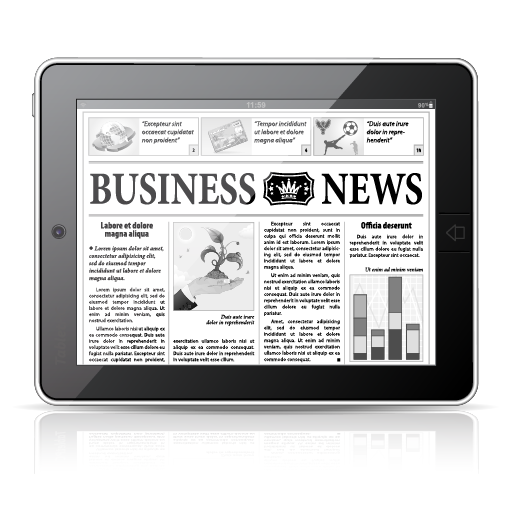Business owners and writers these days are agog over when to release a press release, what with internet information allowing seconds-speed access to an infinite sea of readers, critics, bloggers and business competition; it’s understandable to be somewhat overwhelmed. There is one thing that could help manage the tides and keep your press release on the right track: organizational teamwork.
How to Write a Press Release Format
If you’re marketing a new project, promoting a product, or driving awareness to an upcoming event, learning how to write a press release format is critical. A press release is a treasured tool that, when created correctly, can have a massive impact on the success of your upcoming merger, project, or launch. Unfortunately, however, many writers don’t know how to craft a great press release! If you’re in this boat, you’re not alone. While press releases are essential marketing tools, they can be difficult to write. Learning the ins and outs of creating great ones can help you differentiate yourself from the competition and make all your marketing efforts more successful – across the board. Here’s what you need to know. What’s the Purpose of a Press Release? Press releases are educational documents that, when done correctly, answer the five W’s: who, what, where, when, why? Designed to inform the press and the public about changes to your company, new and noteworthy products, goods, and services, or major mergers and acquisitions, a press release is a concise, informative piece of media. Unlike sales copy, press releases don’t try to sell something or approach anything from any angle. Instead, they only lay out the facts, use some quotes from influencers, and move on. How to Write a Press Release Format: A Step-by-Step Approach When it comes down to learning how to write a press release format, ALWAYS remember that a press release should be brief, go straight to the heart of the matter, and should contain only the necessary information. Bear in mind that a press release is meant to intrigue journalists and editors first, and your audience second. The media professionals who will read your press release are not looking for fancy formatting, industry jargon, or shiny graphics. They want the truth, the whole truth, and nothing but the truth. Here’s how to deliver it: How to Write a Press Release Format: Working from the Top of the Page to the Bottom! If you’ve never written a press release before, tackling the form can feel intimidating. Here’s a simple, step-by-step breakdown to help you: At The Top Of The Document The top of the press release is what people see first. As such, it’s one of the most critical portions of the PR. To make it instantly recognizable, include your brand’s logo and a headline that tells people what the press release is about and what they can expect to learn from it. For best results, your headline should contain target keywords. Headline. The best headlines are brief and to-the-point. The headline should not exceed 65 characters or else you risk losing reader attention and having the headline truncated by Google. Ensure you capitalize each word in the headline – making exceptions for words that have fewer than three characters or prepositions. While a press release is a more informative document than many you might be used to writing, the headline is no less important. This means attractive, attention-grabbing headlines rule, just like everywhere else. Sub-Headline/Summary. Your sub-header or summary should be a maximum of two sentences, and should provide a bit more detail about the “meat” of the press release. Again, keep it brief and intriguing. Contact information. Some press release writers input their contact information directly beneath their company’s logo, in line with the left margin of the document. Others place it after the body copy. This is up to you, just so long as the contact information is highly visible! Release Date. Release date helps people interpret the relevance of your press release. More recent = more relevant. With this in mind, include the release date at the top of your press release, just below the logo, aligned with the right margin of the release. Dateline. The dateline tells readers where and when your press release was published. It goes right before the body text and follows this format: CITY, STATE, Month, Day. The Body of the Press Release The body of the press release is the place where you can go into more detail about your chosen topic. For best results, you’ll need to use a minimum of 300 words and a maximum of 600 words. While it’s tempting to dive too deep and tell readers everything there is to know about your event, merger, or product, remind yourself that press releases lay out all the needed information, and nothing else. With this in mind, follow these tips for great body copy: Keep Paragraphs Short. For best results, the paragraphs of your body text should be between 2-4 sentences. No longer. Include Relevant Back-Up Information. If they’re available to you, use statistics, hyperlinks, quotes from professionals, and media content (like videos and images) in your body copy. This will enhance the reader’s experience and make your press release more valuable. Separate Block Quotes. If you do use block quotes, separate them to highlight them and draw them out from the rest of the text. To add depth to the press release, pull in quotes that offer a perspective that’s different from the writer’s. The Boilerplate Information Boilerplate information lives at the end of your press release and presents information about your brand or company. Designed to be used in various press releases, and picked up by journalists to provide additional context about your business, boilerplate information should provide some details about who your brand is, what you do, when the company was founded, and where people can find you. Include relevant social media links to connect people with your business across the web. End Notation At the end of your press release, signal to readers that you’re all done with the following symbol, centered in the middle of the page: ###. After that, you can input a final sentence inviting people to reach out to you or your company head with a name, phone number, and email address. Common Press Release Mistakes to Avoid No lesson on how to write a press release format is complete without pointing out the … Read more








